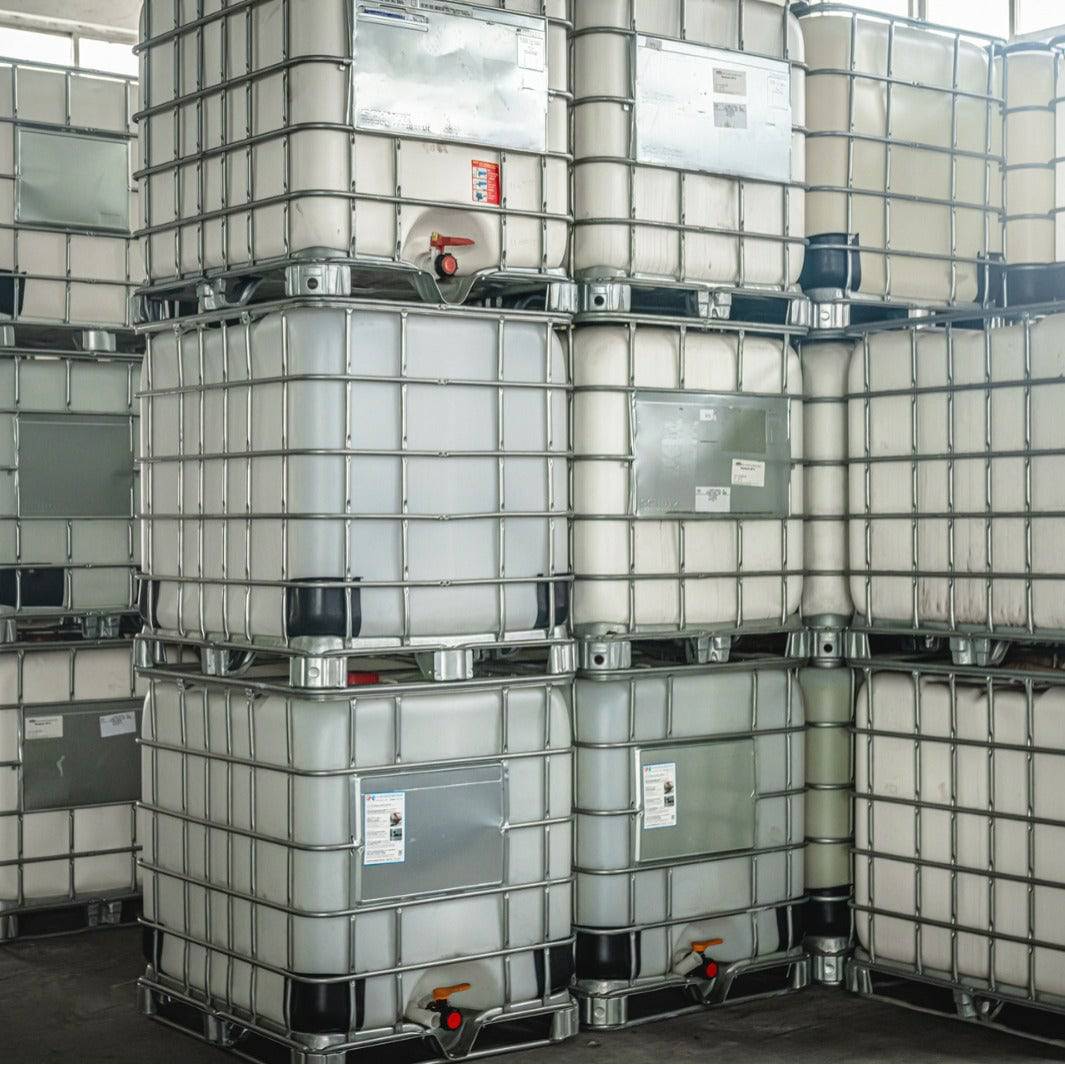The Of Chemie
The Chemie Diaries
Table of ContentsNot known Details About Chemie A Biased View of ChemieGet This Report about ChemieThe Greatest Guide To ChemieThe 9-Minute Rule for ChemieHow Chemie can Save You Time, Stress, and Money.
By Bojanna Shantheyanda, Sreya Dutta, Kevin Coscia and David SchiemerDynalene, Inc. Liquid air conditioning, which can be attained using indirect or straight ways, is used in electronic devices applications having thermal power thickness that may go beyond risk-free dissipation with air cooling. Indirect liquid cooling is where heat dissipating digital components are physically divided from the liquid coolant, whereas in instance of straight air conditioning, the components are in direct call with the coolant.In indirect air conditioning applications the electrical conductivity can be important if there are leaks and/or spillage of the fluids onto the electronic devices. In the indirect air conditioning applications where water based fluids with rust preventions are usually utilized, the electric conductivity of the fluid coolant primarily relies on the ion focus in the liquid stream.
The increase in the ion concentration in a closed loop liquid stream might take place because of ion seeping from steels and nonmetal parts that the coolant fluid is in call with. During procedure, the electrical conductivity of the liquid might raise to a degree which might be damaging for the air conditioning system.
Chemie Fundamentals Explained
(https://www.blogtalkradio.com/betteanderson)They are bead like polymers that are qualified of exchanging ions with ions in a remedy that it touches with. In today work, ion leaching tests were carried out with various metals and polymers in both ultrapure deionized (DI) water, i.e. water which is dealt with to the highest degree of pureness, and low electrical conductive ethylene glycol/water mixture, with the determined change in conductivity reported gradually.
The samples were permitted to equilibrate at space temperature for two days prior to recording the first electrical conductivity. In all examinations reported in this research study fluid electrical conductivity was determined to an accuracy of 1% using an Oakton disadvantage 510/CON 6 series meter which was calibrated before each dimension.
Chemie for Dummies
from the wall surface heating coils to the facility of the furnace. The PTFE sample containers were placed in the furnace when stable state temperatures were reached. The examination configuration was eliminated from the heater every 168 hours (seven days), cooled to space temperature level with the electrical conductivity of the fluid measured.
The electrical conductivity of the liquid sample was kept an eye on for a total of 5000 hours (208 days). Schematic of the indirect closed loop cooling experiment set up. Components made use of in the indirect shut loophole cooling down experiment that are in contact with the liquid coolant.

The smart Trick of Chemie That Nobody is Discussing
The change in liquid electrical conductivity was kept an eye on for 136 hours. The fluid from the system was collected and kept.

0.1 g of Dowex resin was added to 100g of fluid examples that was absorbed a separate container. The combination was mixed and alter in the electric conductivity at room temperature was measured every hour. The measured modification in the electrical conductivity of the UP-H2O and EG-LC test liquids consisting of polymer or metal when involved for 5,000 hours at 80C is revealed Figure 3.
Chemie for Beginners
Number 3. Ion leaching experiment: Calculated change in electric conductivity of water and EG-LC coolants containing either polymer or steel examples when submersed for 5,000 hours at 80C. The results indicate that metals contributed less ions right into the fluids than plastics in both UP-H2O and EG-LC based coolants. This can be because of a slim steel oxide layer Read More Here which might serve as an obstacle to ion leaching and cationic diffusion.
Fluids including polypropylene and HDPE displayed the cheapest electrical conductivity changes. This can be as a result of the brief, inflexible, direct chains which are much less most likely to add ions than longer branched chains with weak intermolecular pressures. Silicone also performed well in both examination fluids, as polysiloxanes are normally chemically inert as a result of the high bond energy of the silicon-oxygen bond which would certainly stop degradation of the material into the fluid.
9 Easy Facts About Chemie Described
It would certainly be expected that PVC would certainly generate similar results to those of PTFE and HDPE based upon the comparable chemical frameworks of the products, however there may be various other impurities present in the PVC, such as plasticizers, that may impact the electrical conductivity of the fluid - immersion cooling liquid. Additionally, chloride groups in PVC can likewise seep into the examination liquid and can create an increase in electrical conductivity
Polyurethane totally degenerated into the examination fluid by the end of 5000 hour test. Before and after pictures of steel and polymer samples submersed for 5,000 hours at 80C in the ion seeping experiment.
Measured adjustment in the electrical conductivity of UP-H2O coolant as a feature of time with and without resin cartridge in the closed indirect cooling loophole experiment. The measured change in electrical conductivity of the UP-H2O for 136 hours with and without ion exchange resin in the loophole is revealed in Number 5.